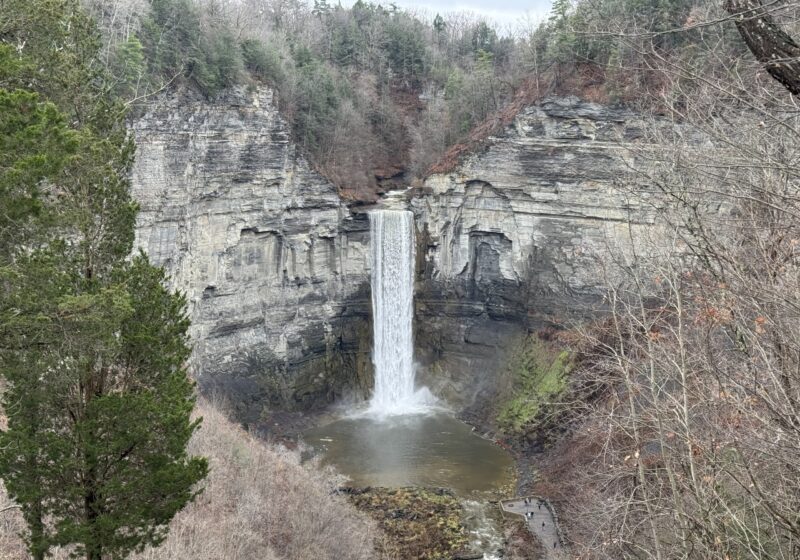Physicists David Douglass and Robert Knox’s study suggests that there may be a feedback mechanism, not yet accounted for in computer models, in the Earth’s atmosphere that could be involved in counteracting the influence of global warming.
Their findings are based on the effects of a volcanic eruption in Mount Pinatubo in the Philippines that occurred in 1991.
“We looked at the relationship between three variables – the source of the change in climate, which is the volcanic eruption of Mount Pinatubo, the temperature at that time and an intermediate quantity, which is the radiation emitted from the Earth,” Douglass said.
The volcanic eruption is cited as the largest volcanic eruption in the twentieth century.
The scientists obtained archival data from satellites that measure the average temperature of the Earth, the amount of radiation that the Earth emits and the optical density of the atmosphere. They then plotted these data to find an association among these variables.
“We picked the Pinatubo volcanic eruption to work on because, if you look at the temperature records, there are other events that might compete with such volcanic eruptions, such as El Nio and solar variations,” Knox said. “But since this volcano occurred during a time when everything else was pretty quiet, we are quite confident that what we are seeing is just due to the volcano and not due to the other effects.”
The volcano forced particles in to the atmosphere that scattered sunlight away from the Earth, causing an increase in the aerosol density and a decrease in the average temperature of the Earth by about half-a-degree Celsius.
Using this data, the physicists discovered that the temperature of the Earth returned back to normal within months following the volcanic eruption, while calculations that were made using computed models predicted that it would take several years for the Earth to return to its pre-volcanic temperature.
“There is a very large effort involving computer models to predict the effects of these events,” Douglass said. “Their equations disagree with our solutions in that they predict a ten-year response time, but we found that it was just many months. There was a difference in the order of magnitude.”
The scientists also discovered that there is a negative feedback mechanism at work in the Earth’s atmosphere, which indicates that the actual decline in temperature should have been more than half-a-degree, but because of the negative feedback, the net change in temperature was only half-a-degree.
However, the computer models predict a positive feedback mechanism in order to account for the half-a-degree change in the average temperature of the Earth following the eruption.
“We are not using any computer models – we are using the simplest possible analysis,” Douglass said. “But their knowledge is incomplete. We infer that the analysis using complex computer models is wrong.”
Douglass and Knox plan on extending their analysis to other volcanic eruptions as well as the effects of carbon dioxide in global warming.
“It is difficult to apply such data to carbon dioxide because you don’t get pulses of carbon dioxide forced into the atmosphere,” Knox said. “But, using other techniques, it might be possible to perform such analysis on carbon dioxide, as well.”
Sridharan can be reached at asridharan@campustimes.org.


